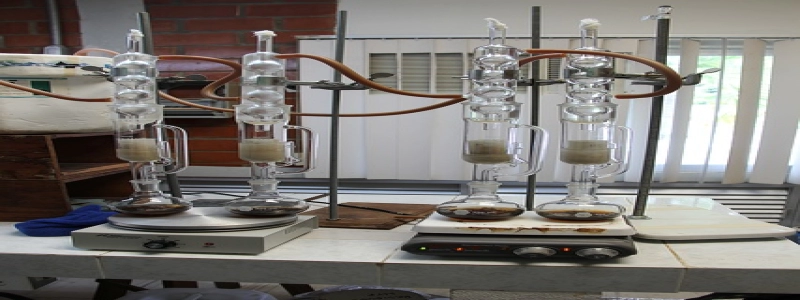850 nm wavelength
Introduction:
In this article, we will explore the concept of 850 nm wavelength and its significance in various fields. We will delve into its properties, applications, and potential future developments.
1. What is 850 nm wavelength?
1.1 Definition: 850 nm is a specific wavelength within the near-infrared region of the electromagnetic spectrum.
1.2 Properties: The 850 nm wavelength falls in the range of non-ionizing radiation, making it safe for human exposure. It has a relatively high frequency, shorter wavelength, and carries energy that can penetrate certain materials.
2. Applications of 850 nm wavelength
2.1 Telecommunications: The 850 nm wavelength is widely used in optical fiber communications, particularly in the field of multi-mode fiber optics. It enables high-speed data transmission over short distances with low attenuation.
2.2 Medical Imaging: In the field of medical diagnostics, 850 nm wavelength is utilized in devices such as optical coherence tomography (OCT). This non-invasive imaging technique provides detailed images of tissues and structures, aiding in the diagnosis and treatment of various medical conditions.
2.3 Industrial Sensing: 850 nm wavelength is employed in photoelectric sensors for proximity detection and presence sensing in industrial automation. This enables accurate object detection and measurement in applications such as conveyor systems and robotic assembly lines.
2.4 Consumer Electronics: Infrared (IR) remote controls commonly use the 850 nm wavelength for transmitting signals to control devices like televisions, DVD players, and air conditioners.
2.5 Security and Surveillance: Infrared illuminators and cameras utilizing the 850 nm wavelength are used for night vision and surveillance applications. They can capture images in low light conditions without being visible to the human eye.
3. Future developments and advancements
3.1 Higher speeds in communications: Ongoing research aims to harness the potential of the 850 nm wavelength for even faster data transmission in optical fiber communications. This could revolutionize industries that rely on high-speed data transfer, such as telecommunications and data centers.
3.2 Biomedical applications: Further advancements in medical imaging using the 850 nm wavelength could lead to improved diagnostic capabilities and non-invasive surgical procedures.
3.3 Sensing technology: The development of more sophisticated and sensitive sensors utilizing the 850 nm wavelength could have applications in fields such as environmental monitoring and automotive safety systems.
Conclusion:
The 850 nm wavelength plays a vital role in various fields, including telecommunications, medical imaging, industrial sensing, consumer electronics, and security. Its unique properties make it a versatile tool for transmitting data, imaging tissues, detecting objects, and enhancing night vision capabilities. With ongoing research and advancements, the 850 nm wavelength holds great potential for further improvements in communications, healthcare, and sensing technologies.








